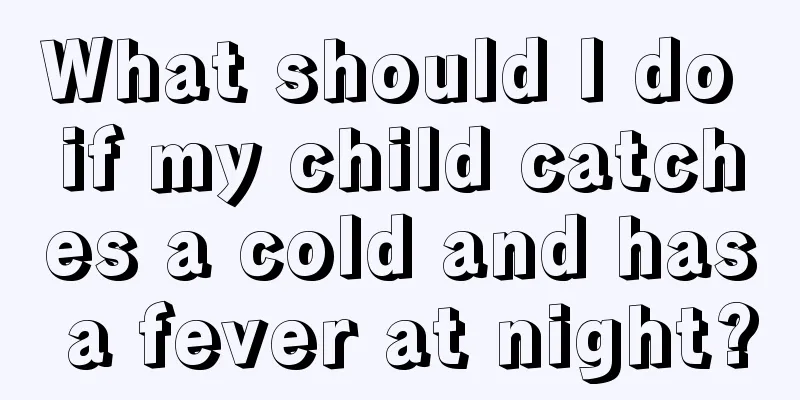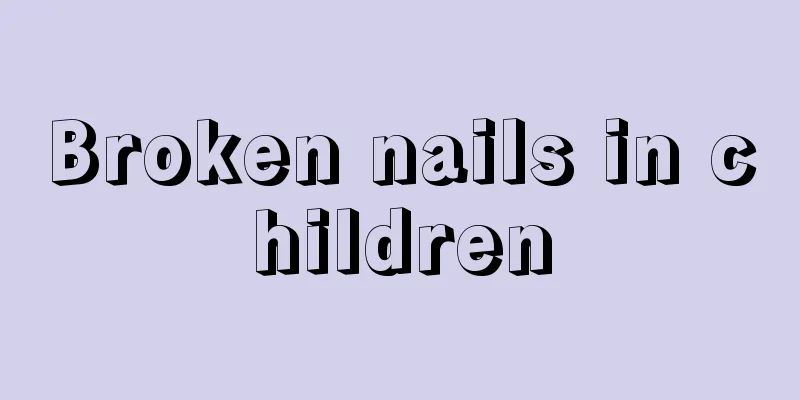Symptoms of arm dislocation in 3-month-old baby

|
Three-month-old babies are very young and are often prone to unexpected symptoms. Three-month-old babies can start to raise their heads, turn over, and do some simple shaking movements of the head or limbs, but don't be too intense, because too intense movements will affect various parts of the baby. Dislocation may also occur in babies as young as three months old. So what are the symptoms of arm dislocation in a three-month-old baby? Symptoms of dislocation in babies 1. Dislocation is very painful, even adults feel uncomfortable. When a child suffers a dislocation, the reaction is more violent, and he often suddenly starts crying and screaming. Children who can talk will point to the injured part and say it hurts. 2. The function of the dislocated joint will be restricted. The child will not be able to move the injured joint freely, and cannot lift or hold anything. 3. The shape and position of the dislocated part may change and move, especially in severe dislocations. It may even be visible to the naked eye that the child's limbs appear shortened or lengthened, and there are deformities in the joints. If the elbow is dislocated, the child's elbow will be slightly bent and the palm will hang down in front of the chest. 4. Children’s behavior is different from when they fall or get injured due to other reasons, such as wanting their parents to hug and comfort them. Due to the severe pain after dislocation, children often refuse to be hugged by their parents because they are afraid that their parents will touch the injured part and aggravate the pain. Six steps to deal with the emergency after the baby's accidental dislocation After a child's dislocation, the earlier the reduction is performed and the simpler the method, the better the effect. However, parents should never arbitrarily help their children reposition their dislocated joints just by watching TV dramas where they see dislocations being treated with just a "click", a twist, a pull. That is just an artistic effect. If the dislocation reduction technique is incorrect, it may cause damage to blood vessels and nerves, resulting in secondary injury. If a child really encounters a dislocation, parents should not only send the child to the hospital for treatment as soon as possible, but also take emergency care measures. Step One: Limit Your Movement Some children will cry and make a fuss after a dislocation, and even roll on the ground in pain. STOP! Frequent and random movement of the dislocated limb will only increase your child's pain. At this time, the mother should comfort the child's emotions as soon as possible and try to calm the child down. The key is to restrict the child's behavior and stop torturing the affected limb. Step 2: Fix the affected area Dislocation can cause damage to the joint capsule around the joint. If the injured joint is still moved frequently after dislocation, not only will the pain be aggravated, but the damage to the joint capsule will be further aggravated, causing the joint capsule to loosen, resulting in joint instability and habitual dislocation. Therefore, after a child dislocates his or her limb, parents must help the child fix the affected limb. The fixation method for radial head subluxation (elbow dislocation) is to fold a large scarf into a triangle and suspend the child's affected limb in front of the chest. For a dislocated shoulder, you can use a bandage, clothing, cloth strips, scarf or other fabric to tie the dislocated arm to the torso and fix it. Step 3: Ice the affected area After a child dislocates his or her joint, the affected area will gradually swell, and the child will feel redness, swelling, heat and pain. After parents help their children fix the dislocated part, they can use an ice pack to apply ice to the area to shrink the blood vessels, prevent further swelling and bruise expansion, reduce tissue inflammation, and also help relieve pain. Step 4: Send to hospital for repositioning If the joint cannot be restored to its original shape within a few hours after the dislocation, the tissue around the affected area will swell and reduction may be difficult. Therefore, if a child accidentally dislocates his or her joint, he or she should be sent to the hospital as soon as possible and ask a professional doctor to reposition it. However, if unfortunately you are in an environment where it is inconvenient to see a doctor, then in an emergency, parents can also perform repositioning for their children. The following is a detailed introduction to the most common elbow dislocation: Let the child sit upright (young children who cannot sit upright can also be held by another parent), and the parent and child sit opposite each other. Bend the dislocated elbow at 90 degrees and place it next to your child. The parent holds the lower end of the child's upper arm with one hand to stabilize the shoulder joint and places the thumb on the radial head. Hold the child's wrist with your other hand and perform several forearm supination movements. If you hear a slight, crisp snap, or feel a pop with your fingers when you press your child's elbow, the joint has been repositioned. Step 5: Post-reduction care Although the joint returns to its original position after dislocation reduction, the injured ligaments and surrounding tissues are still repairing and healing, so the affected limb still needs to be immobilized for 2 weeks and large-scale activities are not advisable. During this period, be careful not to let your child engage in excessive activities to avoid joint dislocation from happening again and forming habitual dislocation. Step 6: Functional Exercise Dislocations in children are recurrent and habitual, and once they occur they are likely to recur. Therefore, after the child recovers from dislocation, parents should pay more attention and strengthen functional exercises. Usually, we should guide children to do more forearm rotation movements to increase the muscle function of their upper limbs and the tension of the annular ligament, which is helpful to prevent joint dislocation. For children with poor physical fitness, they should pay attention to increasing nutrition, appropriately strengthening physical exercise, and improving their physical fitness. Joint dislocations in children are common, but completely preventable. Parents only need to remember one key point: avoid pulling or hitting their children's limbs too hard. |
<<: Symptoms of fever in newborns
>>: Symptoms of urticaria in children
Recommend
How to improve the fetal monitoring problem
Fetal monitoring can check whether the baby's...
What is the sleep time of a baby over one month old?
We all know that after the baby is born, he spend...
Children with diarrhea should be cautious when using 5 types of drugs
Diarrhea is prevalent in summer, especially among...
What should I do if my child's hair is falling out?
Children are still in an important stage of growt...
How to prevent severe pneumonia in children?
Spring is a high-incidence season for respiratory...
The dangers of hip dysplasia in babies
It is said that babies are the bridge of emotiona...
Can alopecia areata in children heal itself?
You have heard a lot about hair loss in middle-ag...
What are the reasons why children have fever?
In people's daily lives, there are always som...
What causes children to bite their teeth?
Many parents will find that their children have s...
What to do if your 10-year-old child wets the bed
Generally, children will stop wetting the bed whe...
How to lose weight for children aged 12?
The living standards of modern people are getting...
What is a baby poop card?
Children cannot speak at first, so how can parent...
Why does my child have bad breath when he wakes up in the morning?
Most of the time, babies have bad breath because ...
How to educate a baby who is almost two years old
For children who are almost two years old, at thi...
What should I do if my 40-day-old baby has eczema?
Infant eczema has many common names, such as milk...









